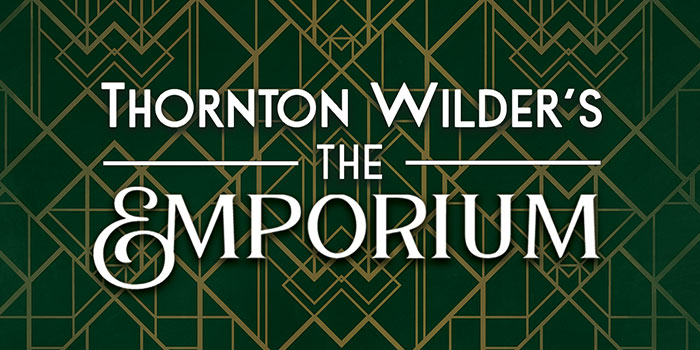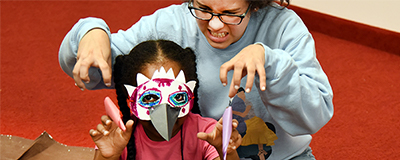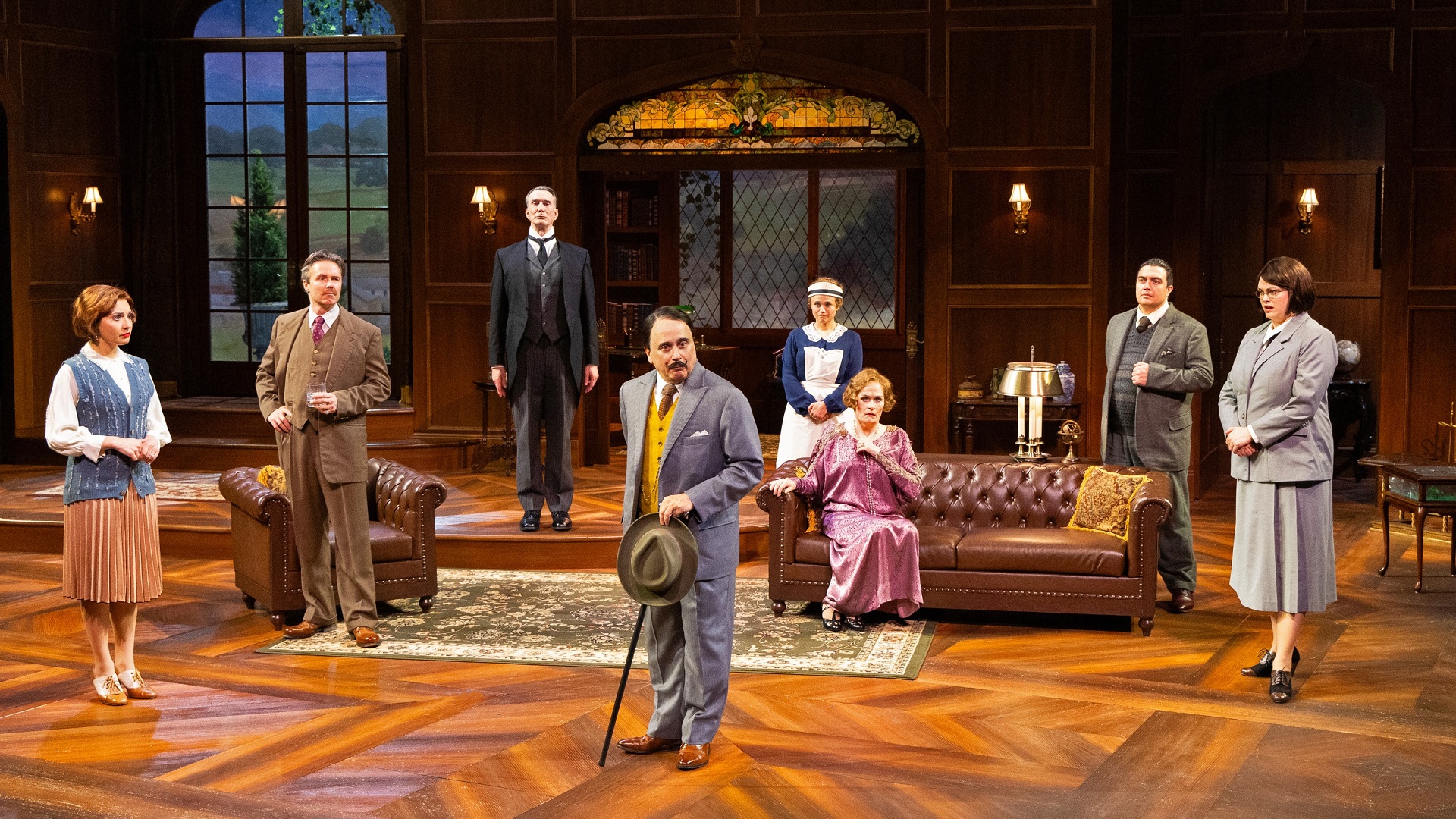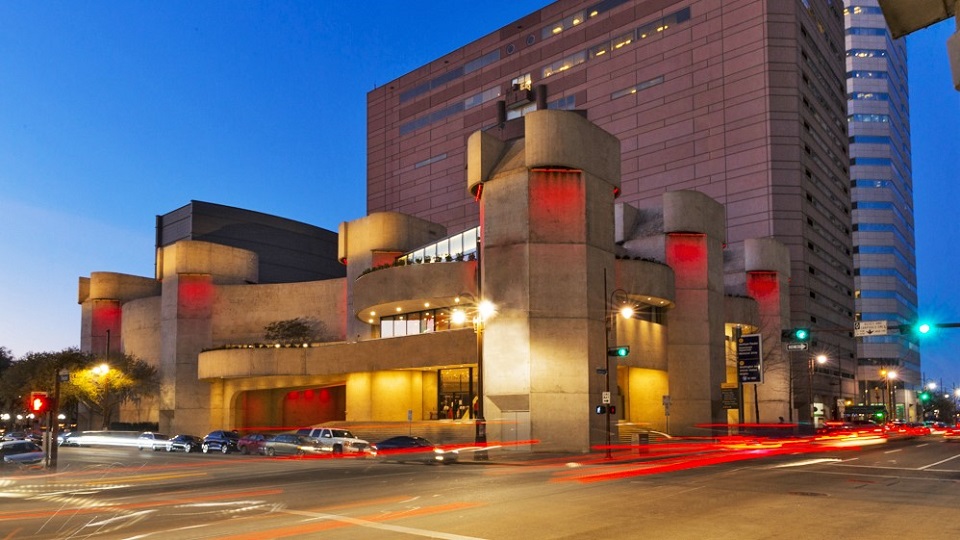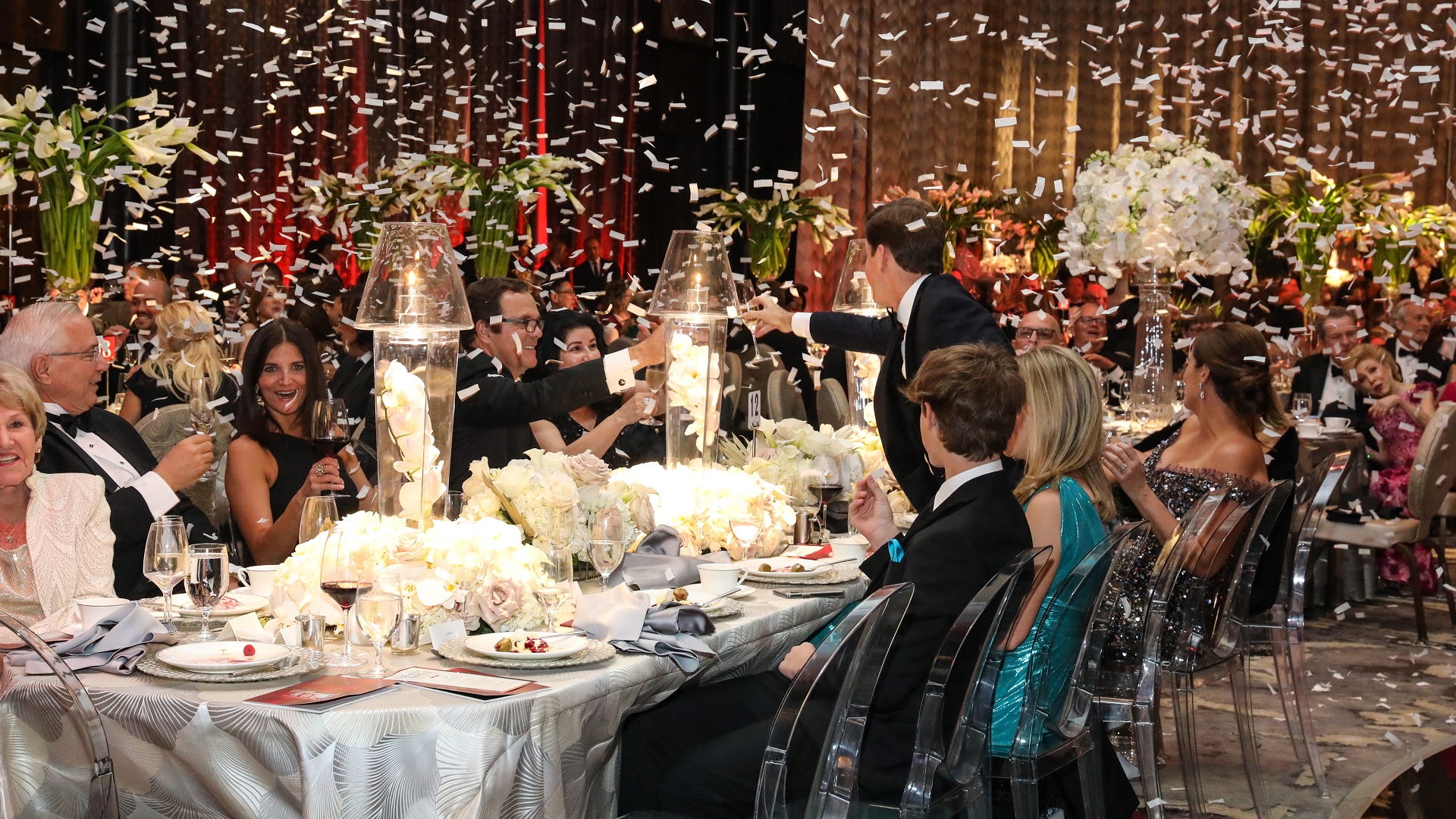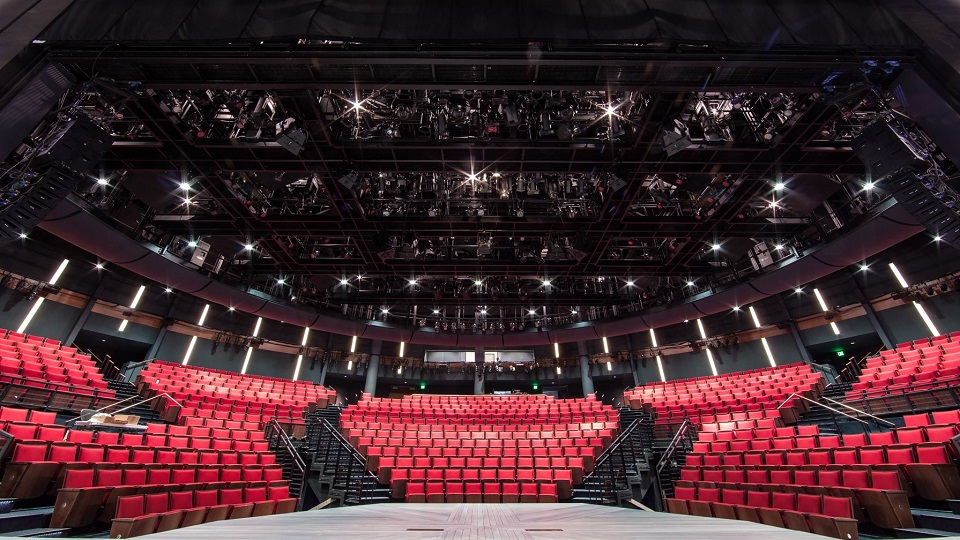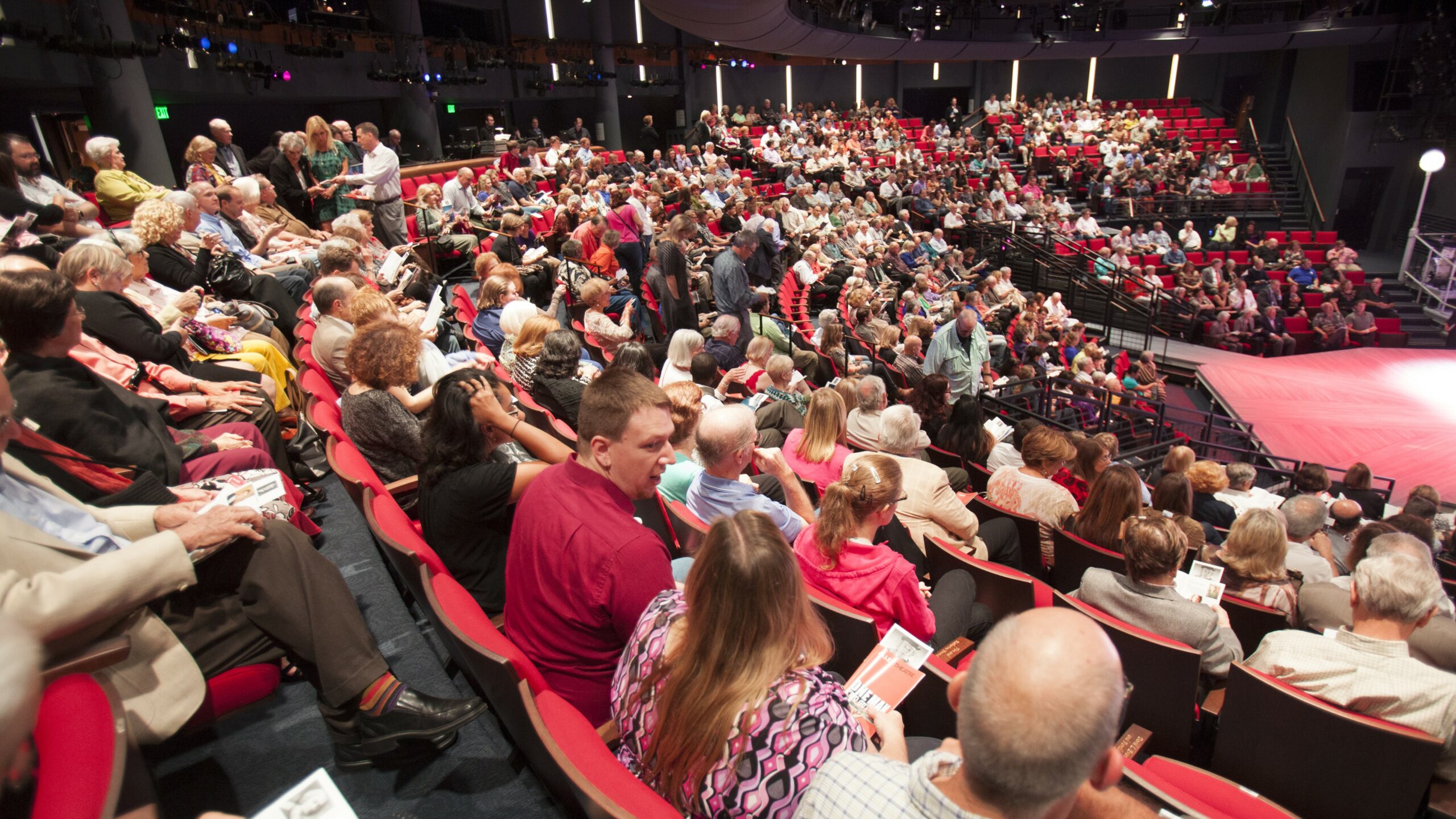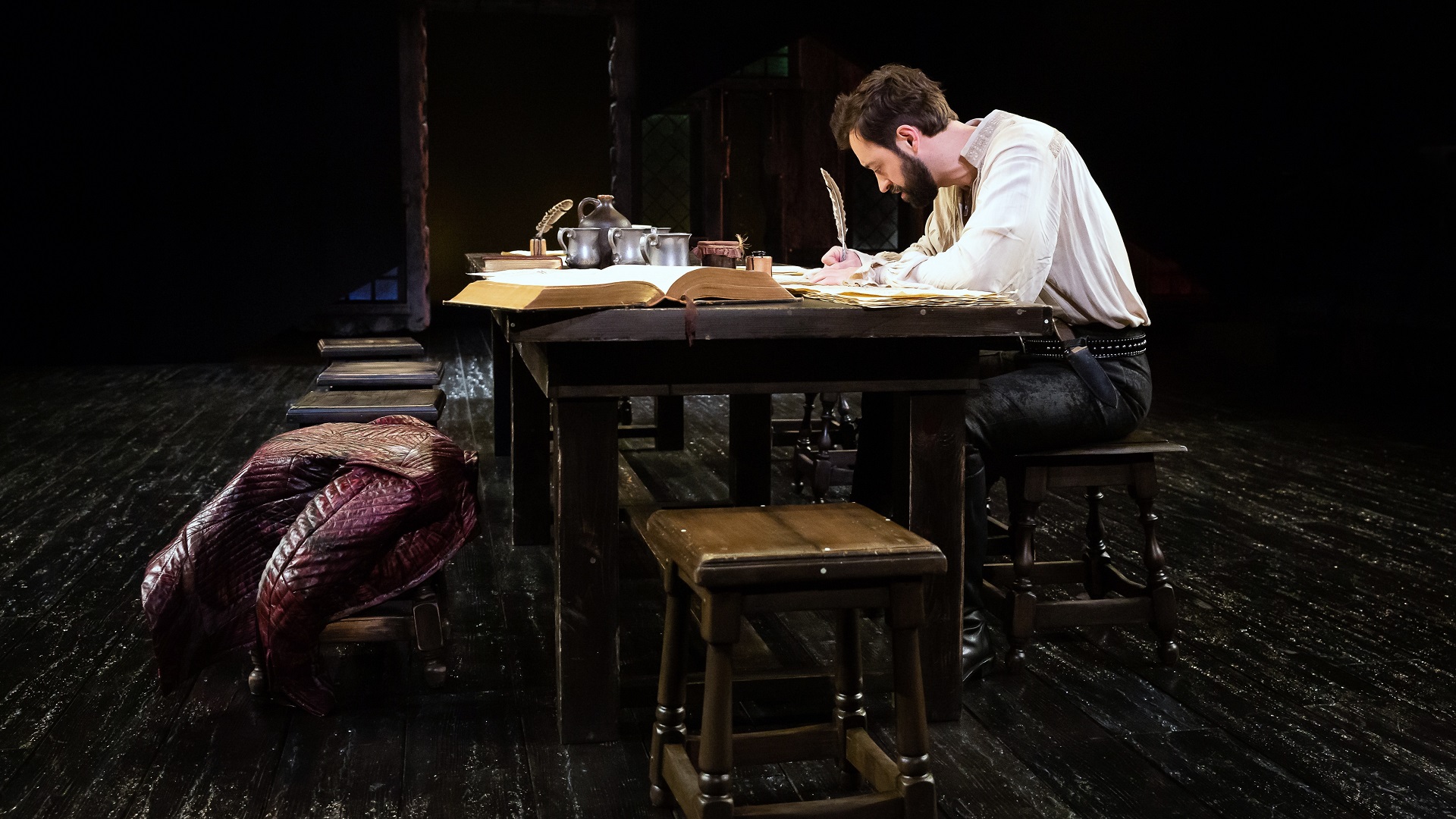Finding Herself: Why Jane Eyre is More Than Just a Love Story
by Bradley Michalakis, Head of Dramaturgy
Jane Eyre is widely recognized as one of the greatest romance novels ever written. Since the time of its publication it has entered mainstream media, quickly becoming one of the most frequently adapted novels of all time. In the vast majority of adaptations, the emphasis is placed on the fraught courtship of Jane by her employer, Edward Fairfax Rochester. Although this is arguably the central relationship in the novel, it’s interesting to note that it only encompasses about half of the actual text. The other half is concerned with Jane’s childhood, and her experience living with a Christian missionary and his sister.
In centering the romantic element of Jane Eyre, it’s very easy to overlook how groundbreaking it is as a novel. In fact, its initial publication was met with outrage from many contemporary critics–and not because of the romantic content. Elizabeth Rigby of The Quarterly Review had this to say shortly after the novel was published, in 1848:
“Jane Eyre is throughout the personification of an unregenerate and undisciplined spirit…the tone of mind and thought which has fostered Chartism and rebellion is the same which has also written Jane Eyre.”
Almost a decade later, Jane Eyre still hadn’t loosened its grip on Victorian consciousness. Literary critic Margaret Oliphant complained:
‘Ten years ago we professed an orthodox system of novel making. Our lovers were humble and devoted…and the only true love worth having was that…chivalrous true love which consecrated all womankind…when suddenly, without warning, Jane Eyre stole upon the scene, and the most alarming revolution of modern times has followed the invasion of Jane Eyre.’
What was so shocking about Jane Eyre? In effect, it was Bronte’s depiction of a woman (which was viewed as so improbable that some critics even suggested that the novel was written by a man). Jane is a character moored in a strict social hierarchy, who repeatedly dares to overstep the boundaries of her position as a woman, as a person of little wealth, and as a governess. Not only does Jane shatter these entrenched social norms; she does so with unmitigated rage and frankness. Take, for example, Jane’s emphatic insistence that she is Rochester’s spiritual equal:
‘Do you think I am an automaton?—a machine without feelings? and can bear to have my morsel of bread snatched from my lips, and my drop of living water dashed from my cup? Do you think, because I am poor, obscure, plain, and little, I am soulless and heartless? You think wrong!—I have as much soul as you,—and full as much heart!’
Jane’s expression of pride was viewed as a moral shortcoming, expressed succinctly by Elizabeth Rigby:
‘Jane Eyre is proud, and therefore she is ungrateful, too…she looks upon all that has been done for her not only as her undoubted right, but as falling far short of it.’
The ‘undoubted rights’ of the young governess, and of women in general, comes into the forefront as a major theme of Jane Eyre. In this light, the story is recontextualized not as a simple romance, but as one woman’s journey to escape the boundaries of the drawing room and to live an authentic life, unfettered by social constructs. It is for this reason that the piece has remained a centerpiece of feminist literary criticism. In Susan Gumar and Sandra Gilbert’s seminal work, The Madwoman in the Attic, the writers go so far as to suggest that the Jane/Rochester relationship isn’t the central conflict of the novel. ‘[Jane’s] confrontation, not with Rochester but with Rochester’s mad wife Bertha, is the book’s central confrontation, an encounter…with her own imprisoned ‘hunger, rebellion, and rage; a secret dialogue of self and soul.’
Bronte’s uncanny ability to divulge the soul of this incredibly modern female characters is what sets Jane Eyre apart from other Victorian romances. The result is, in effect, a story not about a woman finding her love, but the story of a woman finding herself.


